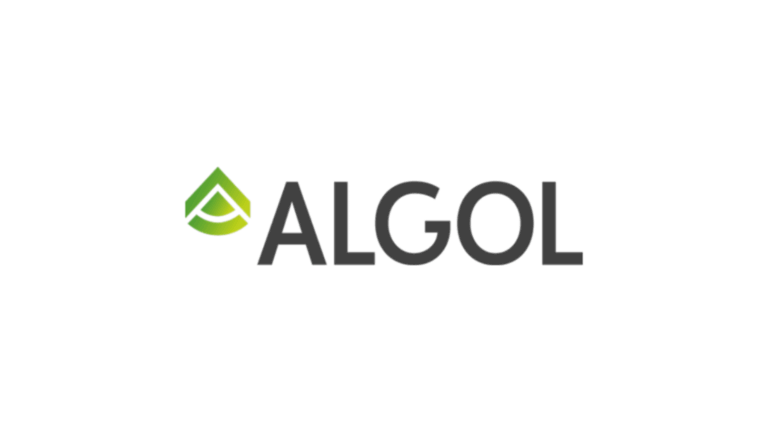
Advertisers have in recent years relied more on technology to be able to market one’s products and instead of – as before – having to target the large masses, nowadays one can create personally targeted advertising campaigns by collecting the customer’s own data. Nevertheless, these advertising campaigns have become even more powerful through the use and development of AI. The use of AI creates opportunities for companies to analyse large amounts of data in a way that enables significantly more powerful marketing strategies. Furthermore, it also provides new ways for content creation.
Though the benefits of the use of AI span from strategy to content creation itself, with great opportunities come great responsibilities. Using new procedures involving AI can violate articles in the GDPR, the new AI Act , as well as the new ICC code .
Briefly of AI In Relation to Data Protection
For example, the GDPR sets a clear framework for the use of personal data. According to the GDPR, companies may not collect personal data other than for a limited period of time. In the context of AI, this becomes somewhat problematic because the information given to different AI models will more often than not remain there for a longer, uncontrollable period of time as it is used to further develop the AI itself. The data can therefore take an undistinguishable form (become untraceable and non-deleteable), before appearing again in the future after someone has entered a prompt that summons the data. As the training algorithms AI uses to train itself are not entirely controlled by humans, such data leaks are bound to happen. This is something that was not an issue before the so-called “rise” of AI.
Therefore, there is a balancing act for advertising businesses, where on one hand they want to be able to compete in the market in the best way that they can, and on the other hand, they have to be careful with the use of personal data collection if they do not want to risk high fines for having violated the GDPR.
About The ICC Code
The ICC Advertising and Marketing Communications Code (also called the ICC Code) is a globally applicable self-regulatory framework. The International Chamber of Commerce (ICC) is uniquely positioned to guide marketing and advertising worldwide. The ICC’s membership is composed of thousands of enterprises from all sectors and regions and has set rules for marketing and advertising since 1937 when it issued the first ICC Code on Advertising Practice.
This Code sets standards of ethical conduct and hence cannot, and indeed should not, reflect specific legal requirements, nor is it intended as an instrument of law enforcement but rather a mark of professional diligence. However, the Code embraces the principle of legality in Article 1 in that all marketing communications should be legal, decent, honest and truthful. It follows that it can never be in accordance with good business standards to break the law. But the fact that a marketing communication is legal does not necessarily mean it is also ethically acceptable or appropriate. Marketers and other parties thus need to make sure their marketing communications activities observe both applicable laws and regulations in a market, as well as the relevant provisions of the Code.
The Code’s main purpose is to serve as a self-regulation tool for marketing communications, but it can also be beneficial for non-commercial advertising and communication. Courts may reference the document within the framework of applicable legislation. ICC recommends its global adoption and use.
Since the first Code, new versions have been issued 11 times, securing the its development to adapt to the ongoing technological revolution. Although AI was already briefly mentioned in the previous iteration, the 2024 edition further specifies the rules regarding the use of AI.
How The ICC Code Has Handled AI
Firstly, it is clearly established that marketers should assume overall responsibility for the communications they initiate and bring to the market, whether they largely do it themselves or have it done on their behalf. This includes the use of AI. Therefore, responsibility cannot be avoided or circumvented by means of outsourcing or other organisational arrangements. Marketers should undertake their best efforts to ensure that their responsibility is reflected in arrangements with third parties over which they have control.
Furthermore, the ICC goes even deeper, stating that: “The responsibility to observe the Code applies also to the various participants in the marketing eco-system both off and online. This would extend but not be limited to app developers, data analytics, ad tech companies, developers of artificial intelligence instruments such as algorithms, software or programming machines. This responsibility applies to the extent that the activities or measures by those actors are linked to and impact marketing communications.“ It is further specified that companies responsible for preparing, offering and commercialising AI systems, applications and other technologies for the creation, improvement and delivery of marketing communications should provide reasonable transparency to the marketer.
The aforementioned is also stated in the “Code responsibility” section, specifying that the responsibility to respect the rules of the Code also applies to those responsible for preparing algorithms and the use of artificial intelligence for marketing communications purposes. However, what AI can be considered to be developed for marketing communications purposes, is left unclear.
When it comes to sales promotion content – the ICC code applies to a sales promotion regardless of who is producing it, or how it is produced and executed. Thus, the rules also cover promotional practices where algorithms or other artificial intelligence instruments are being used. In this context, the Code states that audiovisual materials such as photos, videos, sounds or other illustrations that are likely to mislead the consumer with regard to either a product’s characteristics, performance, benefits, quality and effects to be expected, or the association of a person or organisation with the product, should not be used, including where these are misleading because they have been altered or enhanced (e.g., AI generated or by so-called photo and video editing).
It is doubtful how well thought out this provision is. On the one hand, it is reasonable to prohibit misleading consumers, on the other hand, “photoshopping” in the case of product photos, either with or without the help of AI, has been common for several decades. The use of AI greatly accelerates this work (processing and enhancement) but does not necessarily create something completely different or change the way content is created. AI is a tool that adds possibilities and speeds up the process in the context of photo and video editing, but does not live on its own. Therefore, more emphasis should be put on defining the line between what is considered misleading in the context of the use of AI rather than considering AI as a separate object that enables creation of misleading visual information. That was also possible before AI.
AI is also mentioned in relation to sponsorships, stating that the code applies to all forms of sponsorship relating to corporate image, brands, products, individuals (“talent”), activities, or events of any kind. It includes sponsorship by both commercial and non-commercial organisations, including sponsorship elements forming part of other marketing activities such as sales promotion or direct marketing. The rules apply regardless of how sponsorships are created, modified or delivered, i.e., whether by humans or through automated means, such as AI and algorithms.
In the context of data driven marketing, digital marketing and direct marketing communications, it is also set forth that the rules in the Code apply regardless of how they are created, modified or delivered, i.e., whether through automated means such as AI and algorithms or by humans. Those employing such automated technologies should exercise due oversight to ensure that they meet ethical standards and maintain compliance with the Code, commensurate with their role in the process.
In conclusion, although AI is being considered in the new ICC Code, it is not (yet) very thorough and leaves a lot of aspects unaddressed. This is to be expected as this is a new and incredibly fast-developing field. What is certain, though, is that it is mentioned throughout the Code’s chapters that regardless of whether AI is used, these rules apply to the output in the same way as in a situation where AI was not used. This clearly establishes that AI can be used as a tool but not as a means to transfer responsibility.
Have you ensured that your marketing communications whether created by people including influencers, AI or delivered by algorithms meet these standards and your own principles and policies? In case you need assistance, our experts at Magnusson would be glad to assist you.
The most recent ICC Advertising a Marketing Code can be found here.
Contact

Sander Peterson
Associate
Intellectual Property, AI Law, Commercial, Data Protection, Gaming, Marketing Law, Technology
Send me an email









